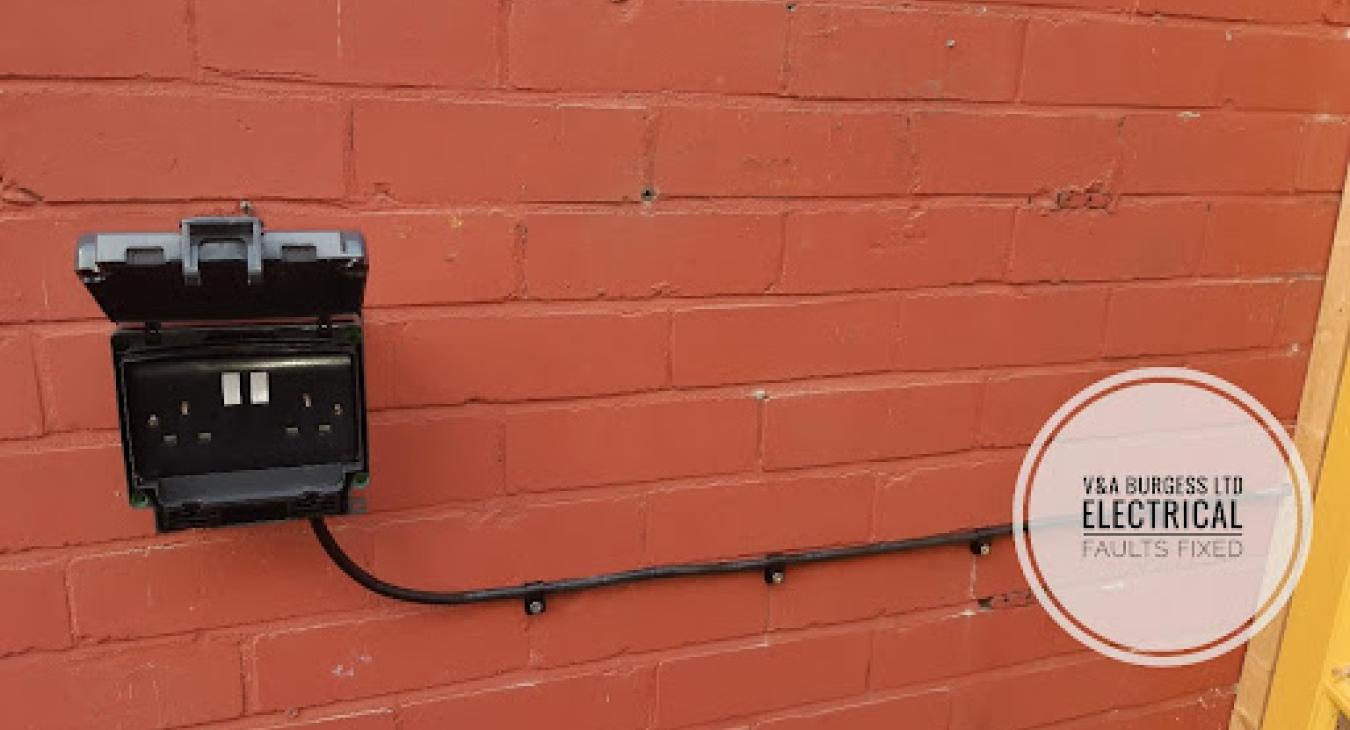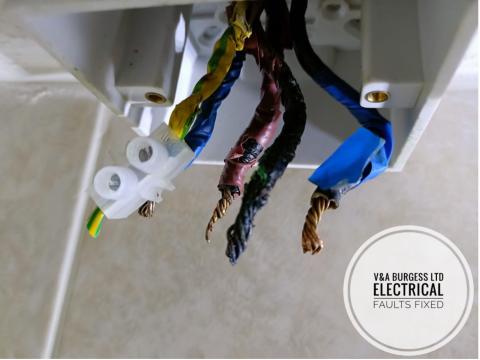
1) Wondering how to install an outdoor socket?
When designing electrical additions to circuits, electricians consider the existing installation and its earthing arrangement, the suitability of the existing wiring for the altered circumstances and any detrimental effect that the addition may have on the existing installation. Regulations 132.16 of BS7671 Requirements for Electrical Installations outlines this. Consideration also needs to be given to the cable route to the new socket outlet location and compliance with the building regulations during the installation and erection of the new equipment.
In order to know HOW TO INSTALL OUTDOOR SOCKET we must first understand that there are many requirements that must be met and adhered to in order to carry out the work safely.
Back to top2) Can we go “back-to-back”?🤔
A common question asked is, can we just go back-to-back with another socket? The answer is, in many cases, yes. This is the ideal situation. There are some considerations we must look at before deciding on this method.
- The donor socket outlet from which we will take our supply and its suitability for this
- The protective device at the consumer unit and its suitability
- Is suitable RCD protection is in place in accordance with regulation 415.1.1, 411.3.3?
- Is this likely to contravene regulation 314.1(i) installing outdoor equipment onto an existing circuit?
- Is the donor socket on a Ring Final Circuit? If so, is continuity present on ALL conductors? If the donor socket is not on the Ring Final Circuit, is it the only spur? Is it fused correctly? Appendix 15 will outline what is recommended for Ring Final Circuits and additions to them.
The easiest installation is often the back-to-back installation and as such normally the most economical from a price point of view. All the above and more need to be considered when extending a circuit and it may be that the easiest supply point is not the most suitable or is indeed, completely unsuitable.
Back to top3) What upgrades may be necessary?💭
Most RCD (electric shock protection) devices in our homes in the UK, at the time of writing, are of the AC type. This is by no means ideal considering the equipment that we now have in most modern homes. AC type RCD devices can become blinded under certain fault conditions involving DC and as such, many RCD devices in homes now require changing for A type RCDs. We must not extend or alter a circuit unless it is considered suitable and safe (132.16) which often means complete compliance must be achieved with modern wiring regulations. In many cases, this can make a job rather expensive as electrical installations are typically ignored in favour of other household works and can fall into disrepair and obsoletion. Many wiring systems are not upgraded, maintained, or tested for decades at a time and when further electrical works are required, many homeowners are shocked to find that expensive works are required. Looking at regulation 531.3.3 we can see that “RCD type AC shall only be used to serve fixed equipment where it is known that the load current contains no DC components.” This is clear. We should not be extending or adding to existing circuits unless suitable protection is in place at the origin / consumer unit. This may mean a new consumer may be required in order to add an outdoor socket. In most cases, updated RCD devices can be sourced and installed in most modern consumer units.
Back to top4) How is it wired up & what cable should we use?⚡
When considering which cable to install, the cable route needs to be considered. Many cables are suitable for this type of works and as such, selection is important to keep costs down, safety as a priority and to keep installer sanity intact! 😊 It is simply no good running a 6242y Twin and Earth cable to the bottom of the garden slung across the flower bed. This is highly likely to suffer mechanical damage, UV damage and introduce a trip hazard along with exposure to rodents and other external influences. If, however, we are simply placing a socket “back-to-back” with our donor then 6242y is likely to be absolutely suitable. Wiring should be undertaken in accordance with the manufacturer’s instructions, connections torqued adequately, CPC sleeved and consideration given to the environment and possibility of water ingress. Where possible, bottom entry is always preferable to ensure minimal risk of water ingress. This does put a small section of cable at risk of mechanical damage as it enters the enclosure so that should be considered.
Back to top5) How much does it cost?💷
Done properly a job will always cost more than when corners are cut. As we can see from the above, consideration is a must to the safety of the persons in the home and the users of the electrical installation. Simply drilling a hole through the wall and connecting three wires will normally achieve a working outdoor socket, however, in many cases, this is likely to lead to problems down the line.
Our typical costs can be seen on our costs page: https://www.electricalfaultsfixed.co.uk/node/277. Bear in mind that the further away from the power source the socket is required to be installed and the more upgrades that are necessary in order to ensure electrical safety and compliance the more costly the work is likely to be.
Still got a question? Contact us today!
Back to top









